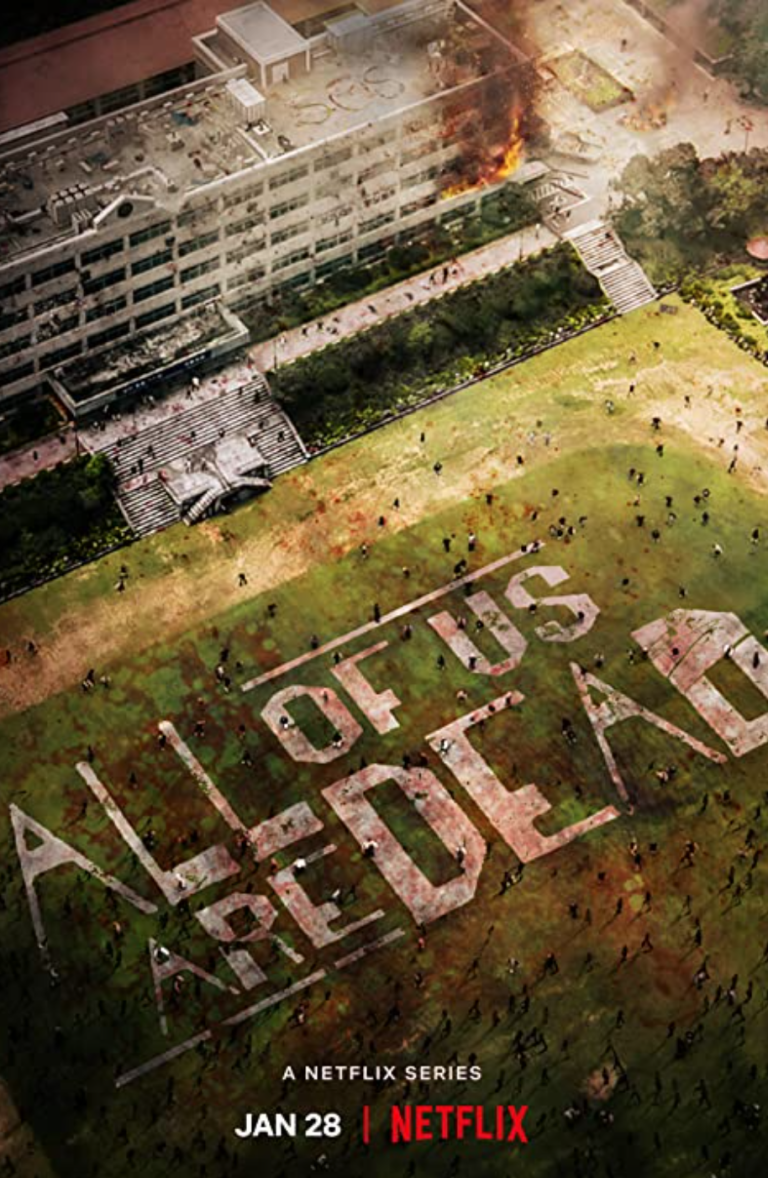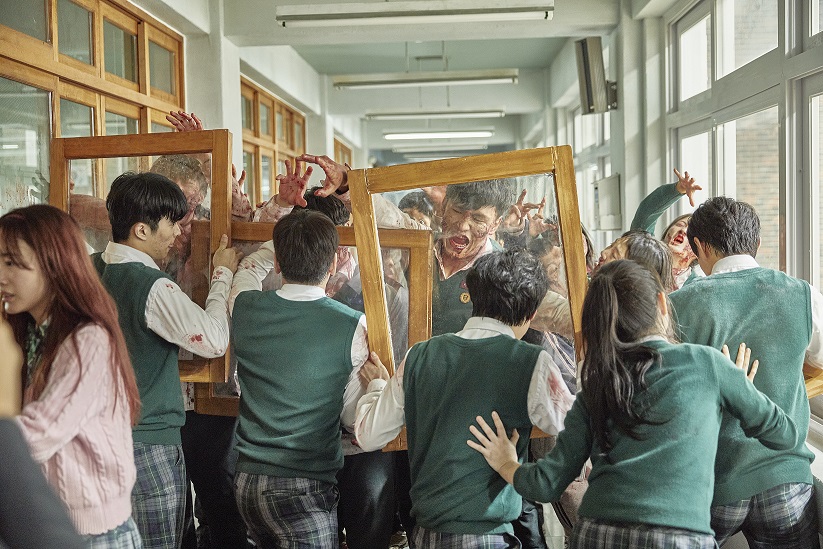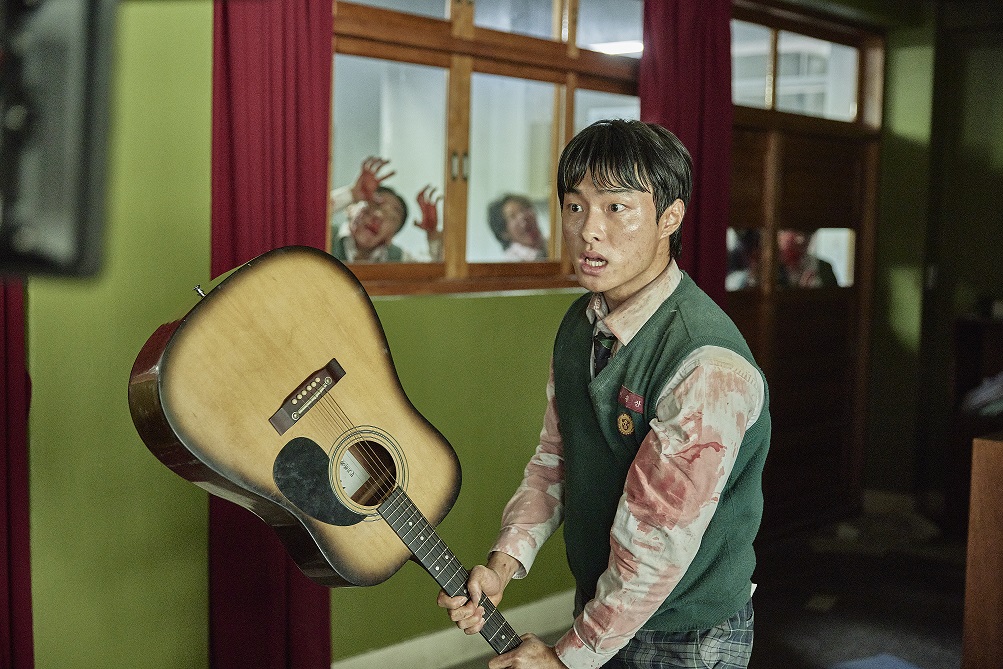
What is it about society these days that series about the outbreak of a very contagious disease are in high demand and topping viewership charts?
It might make sense to see TV as an escape from reality, where people are free to roam about the world without fear of catching something extremely infectious, but that doesn’t appear to be the case.
Y: The Last Man was another recent example of a series different enough in the type of deadly virus it portrayed that it could be seen as a separate from real life, and though COVID-19 still isn’t under control, at least we haven’t all started turning into zombies yet.
For those who enjoyed other Korean Netflix dramas like Squid Game and Hellbound, the streamer’s latest #1 offering is All of Us Are Dead. In many ways, it’s a perfectly typical zombie apocalypse series, one that begins in a high school and threatens to escape into the outside world due to the expected mishandling and failure to properly contain it. But it’s also a show that seeks to exist at least somewhat within our current reality, asking the question of how those who know zombies aren’t real would respond when that impossibility did actually occur.

There are numerous moments throughout All of Us Are Dead where it feels, for a moment, as if what’s happening on screen can somehow be stopped or escaped, which hardly seems likely given the incredibly fast nature of the spread and the general tendency of those in zombie movies not to survive without becoming infected. But these teenagers have seen Train to Busan and make reference to it when they call the police, who immediately assume they are being pranked even when numerous reports come in that make it difficult to dismiss as merely a ruse.
There’s a twisted entertainment that comes from watching the teenagers and their teachers try to stop the inevitable from happening by fighting in a logical and scientific manner. One teacher who previously saw his son become infected injects another student to try to slow the process, and these zombies are aware enough that they will eventually turn that they’re able to make threats and use anger as a catalyst to accelerate their transformation and take out those who have wronged them. Another student understands that no one will believe that zombies have overtaken the school and that calling the fire department to report a fire is a far more efficient way to make their circumstances known to the outside world.

There are times at which this show is all about nonstop action, simply living in the moment for the sake of staying alive, aware that around every corner and banging on the doors and windows lies a certain undead fate. But there are also quieter scenes where teenagers get to be teenagers and talk about things that seem far from relevant in the midst of such a harrowing and deadly scenario. The school setting enables objects and setups that happen to be in classrooms to be used in productive ways to help those with fully functioning brains to maintain that status.
Though it works with its content quite well, All of Us Are Dead is not going to invite new fans to the zombie genre, and that’s not the point. Those who enjoy watching bloody gore and people crawling around on the floor in pursuit of others around them may not be turned off by the fact that this is a vision of a future where everyone can return to schools in close quarters without masks, only to have to deal with a completely different epidemic. Like other teen dramas, zombie or otherwise, the focus is strongest on how cruel people are capable of being to each other, and how the ones who survive aren’t necessarily the most physically strong or popular. All of Us Are Dead knows its likely viewership and serves up a thrill ride that should be decently satisfying to its existing members.
Grade: B
Check out more of Abe Friedtanzer’s articles.
All of Us Are Dead is currently streaming on Netflix.

